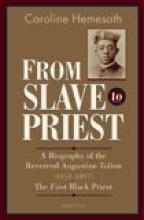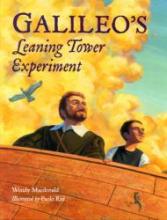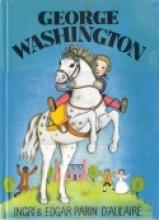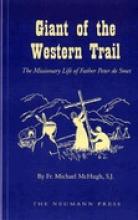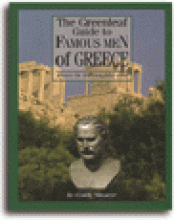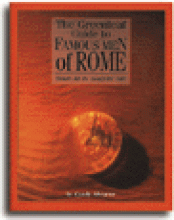Biographies
From Slave to Priest
Galen and the Gateway to Medicine
Galen was born in 129 A.D. in present day Turkey (at that time part of the Roman Empire). When he studied medicine, medical training was very haphazard, but in his lifetime he revolutionized the idea of what a doctor should be, both by his example as a renowned doctor and his extensive writings on anatomy and pharmacology (some of which are still in existence today). His experience in treating patients from wounded gladiators to the wealthy of Rome to Roman emperors, extensive study of medicinal plants, dissection of animals, etc. led to his remarkable success as a doctor and the respect with which his writings were treated.
The medical aspects of the book largely focus on the quest to understand the purpose of each of the organs and the workings of the circulatory system. The author also provides us with a final chapter which summarizes the medical advancements after Galen that led to our current understanding of how the body works. Like Archimedes and the Door of Science, this story will be best understood by ages ten and up and takes a certain amount of concentration to follow the story and absorb its content well. However, the rewards are great in acquiring a deeper understanding of Roman culture, medicine, and the respect for life that has been passed down from the Hippocratic tradition.
Galileo's Leaning Tower Experiment
Science readers are to be found if you look around enough as this book demonstrates. It is the fictional story of Massimo, a boy who regularly throws his uncle's lunch off a bridge to his boat as his uncle rows by below. Galileo happens to see that the bread and the cheese land at the same time. The story ends atop the leaning Tower of Pisa, as legend suggests Galileo did.
The illustrations are a little disappointing, the people in particular. The story is sometimes forced as math and science readers often are; however, overall it is a great tale that teaches a basic principle of physics sure to have your children dropping objects from heights. It even alludes to Galileo's ramp experiments on acceleration. The last page briefly fills in the reader on the period in history, what in the story is fact and fiction, and the formula for calculating speed.
Overall this is a great introductory physics science book.
Galileo's Leaning Tower Experiment
Additional review: World Geography, World History, science... and some creative fictional characters as well! All in a beautiful information Picture Book.
The story of the legendary Leaning Tower of Pisa experiment by Galileo is brought to life here around the story of a boy, Massimo, who was very clever, and dropped his father's lunch from a bridge everyday in calculating motions... until a passer-by professor named Galileo witnesses it and rethinks the whole Aristotelian notion on the subject!
The pictures are colorful, warm and very pleasant, and some of the angles are taken from delightful perspectives!
A gem. A very nice way to introduce children to Galileo and to some concepts of Physics.
George Washington
Giant of the Western Trail
This is a readable interesting story which provides many interesting details about Indian life, the cause of the struggles with the Indians, and the role of Catholics in American history. It really shows a much more favorable side to the Indians than we see in many books as we understand their initial trust of white man and how that trust was betrayed over and over again. (Naturally the details vary from tribe to tribe.) Fr. de Smet founded missions among many of the Indian tribes and played influential roles in a number of important peace councils - particularly his encounters with the legendary Sitting Bull.
One reason I think this book is particularly important is that it shows how progressive Catholic teaching is and was on matters relating to the Indians and their rights. Kind of interesting from a book written in the 1950s! Highly recommended. Most appropriate for grades 5-8.
A great book to read alongside this is Brave Buffalo Fighter by John D. Fitzgerald (Bethlehem Books). It brings the same era to life through the eyes of children on a wagon train.
Imprimatur
God's Little Flower, the Story of St. Therese of Lisieux
God's Little Flower is not so much a biography but an age-appropriate explanation of St. Therese's spirituality. There are no dates or quotations or geography lessons slipped into the text, yet it manages to convey an even more important lesson---that of quiet, loving service to God through our prayers and sufferings.

